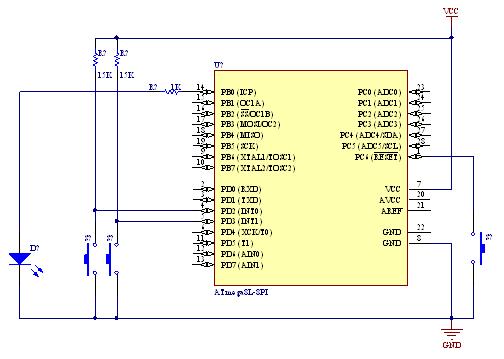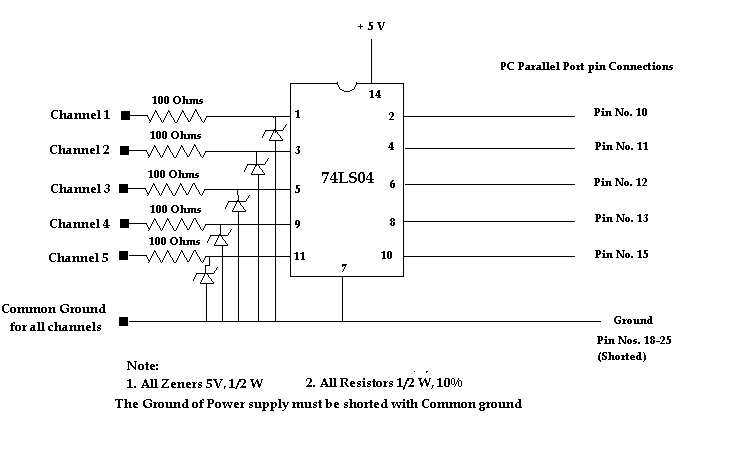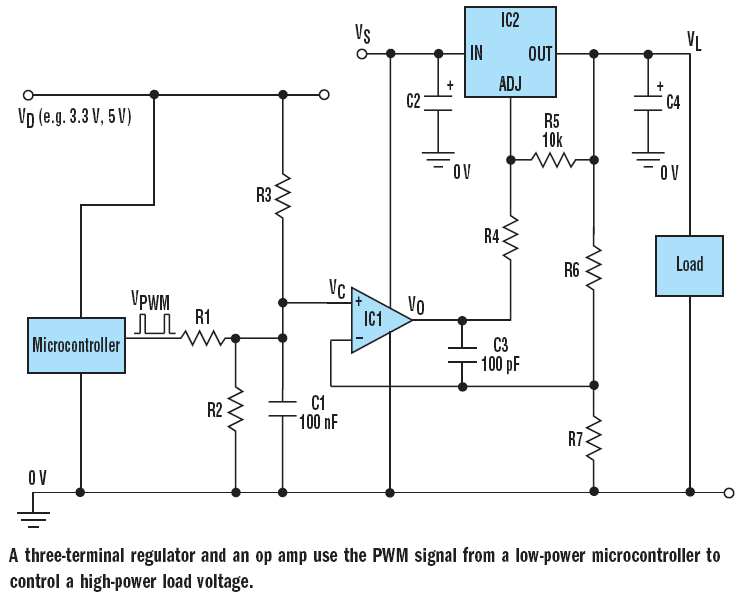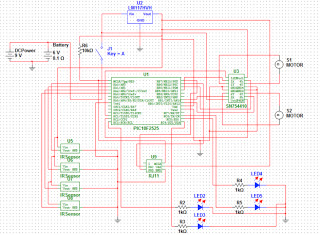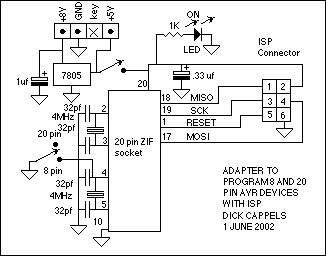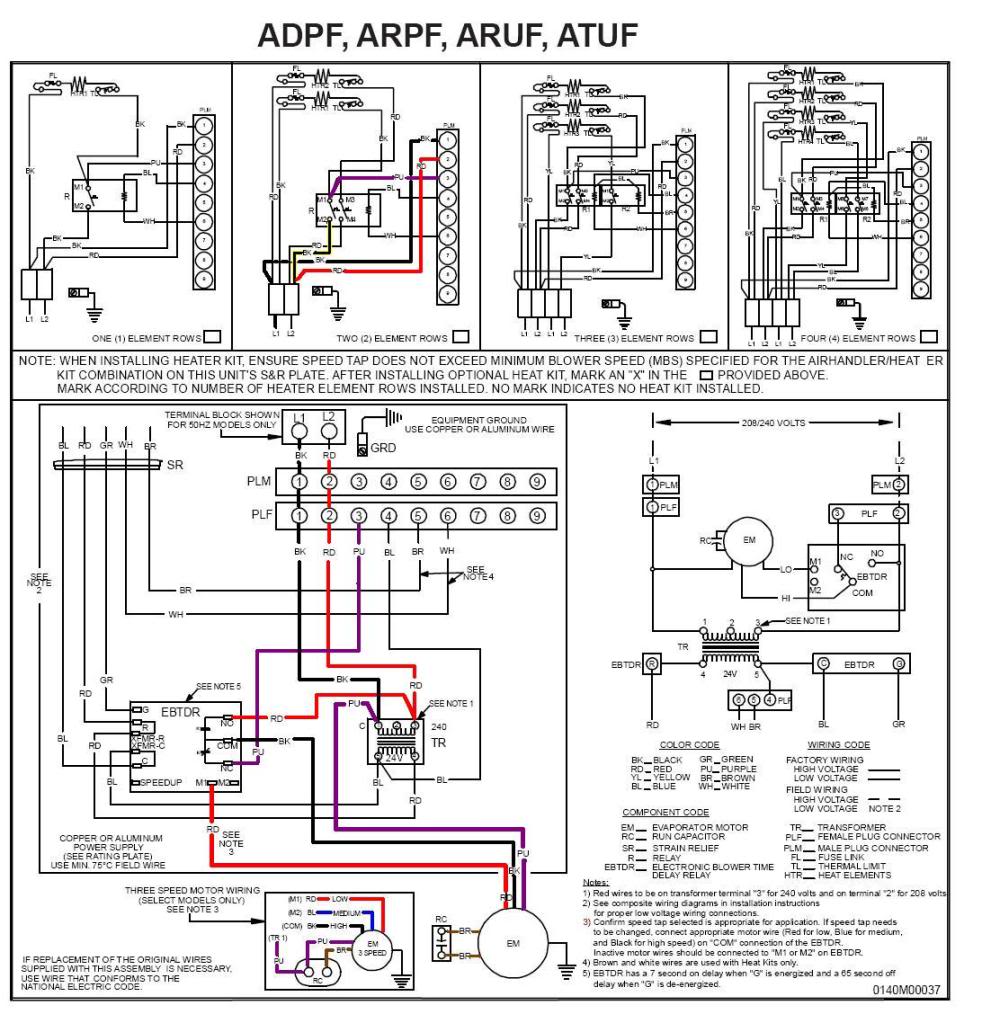
How to handle digital input/output(I/O) in Avr Microcontroller
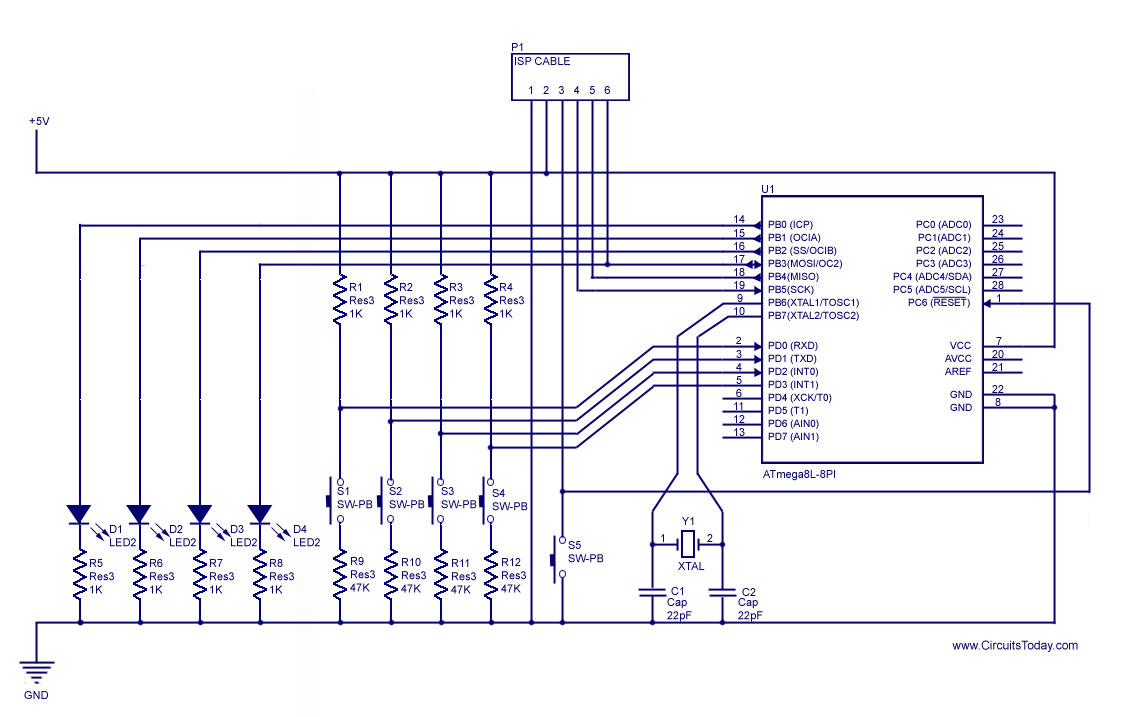
How to handle digital input/output (I/O) in AVR microcontrollers is explained using basic programs and circuits to illuminate an LED, generate a stepper motor sequence, read a push-button switch, and implement key debouncing.
The handling of digital I/O in AVR microcontrollers involves configuring the microcontroller's pins as either input or output, allowing for interaction with external components such as LEDs, switches, and motors. The AVR microcontroller architecture typically provides several registers that control the direction and state of each pin.
To illuminate an LED, the relevant pin must be configured as an output. This is achieved by setting the corresponding bit in the Data Direction Register (DDR). For example, to turn on an LED connected to pin PB0 of PORTB, the program would set the DDRB register to configure PB0 as an output and then write a high logic level (1) to PORTB to turn on the LED.
For generating a stepper motor sequence, the microcontroller can be programmed to output specific sequences of high and low signals to the motor's control pins. This involves creating a timed loop that activates each control pin in the correct order, allowing for smooth rotation of the stepper motor.
Reading a push-button switch requires configuring the corresponding pin as an input. The microcontroller can then monitor the state of the pin, detecting whether the button is pressed (logic low) or released (logic high). To avoid erroneous readings due to mechanical bounce when the button is pressed or released, key debouncing techniques can be implemented. This can be achieved by introducing a delay or by using a state machine to ensure that the button state is stable before acting on the input.
In summary, the effective management of digital I/O in AVR microcontrollers is crucial for interacting with various electronic components. By using basic programming techniques and understanding the microcontroller's architecture, it is possible to create responsive and reliable electronic systems.How to handle digital input/output(I/O) in Avr Microcontroller? Explained using basic programs and circuit to glow an LED,generate stepper motor sequence,read push button switch and key debouncing.. 🔗 External reference
The handling of digital I/O in AVR microcontrollers involves configuring the microcontroller's pins as either input or output, allowing for interaction with external components such as LEDs, switches, and motors. The AVR microcontroller architecture typically provides several registers that control the direction and state of each pin.
To illuminate an LED, the relevant pin must be configured as an output. This is achieved by setting the corresponding bit in the Data Direction Register (DDR). For example, to turn on an LED connected to pin PB0 of PORTB, the program would set the DDRB register to configure PB0 as an output and then write a high logic level (1) to PORTB to turn on the LED.
For generating a stepper motor sequence, the microcontroller can be programmed to output specific sequences of high and low signals to the motor's control pins. This involves creating a timed loop that activates each control pin in the correct order, allowing for smooth rotation of the stepper motor.
Reading a push-button switch requires configuring the corresponding pin as an input. The microcontroller can then monitor the state of the pin, detecting whether the button is pressed (logic low) or released (logic high). To avoid erroneous readings due to mechanical bounce when the button is pressed or released, key debouncing techniques can be implemented. This can be achieved by introducing a delay or by using a state machine to ensure that the button state is stable before acting on the input.
In summary, the effective management of digital I/O in AVR microcontrollers is crucial for interacting with various electronic components. By using basic programming techniques and understanding the microcontroller's architecture, it is possible to create responsive and reliable electronic systems.How to handle digital input/output(I/O) in Avr Microcontroller? Explained using basic programs and circuit to glow an LED,generate stepper motor sequence,read push button switch and key debouncing.. 🔗 External reference
